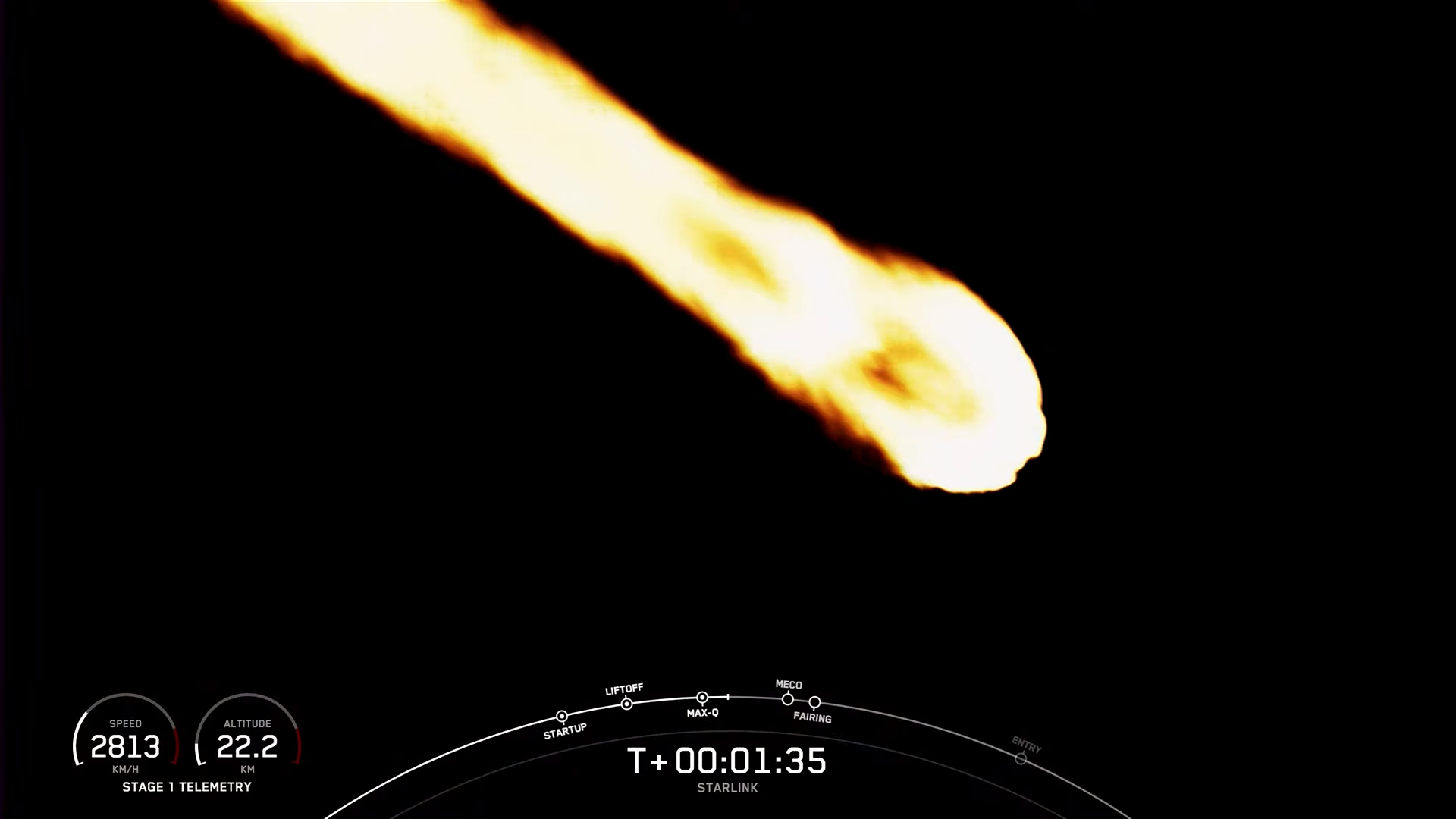
Two days later than planned, SpaceX successfully launched its fourth Falcon 9 of July a few minutes shy of midnight Saturday. The veteran B1060 core—which already boasted 15 prior flights to her credit—saw an initial attempt for her record-tying 16th mission scrubbed at T-40 seconds early Friday and an unplanned Static Fire Test milestone inserted into her pre-launch schedule yesterday, before successfully taking 54 Starlink internet communications satellites safely uphill on the 47th Falcon-class mission of 2023.
Weather looked highly favorable for B1060’s pair of opening launch attempts at 12:40 a.m. EDT Friday and 12:15 a.m. EDT Saturday, with an 85-percent likelihood that Mother Nature would play ball. “Generally favorable conditions,” noted the 45th Weather Squadron at Patrick Space Force Base, citing a slight risk of a violation caused by the presence of anvil and cumulus clouds.
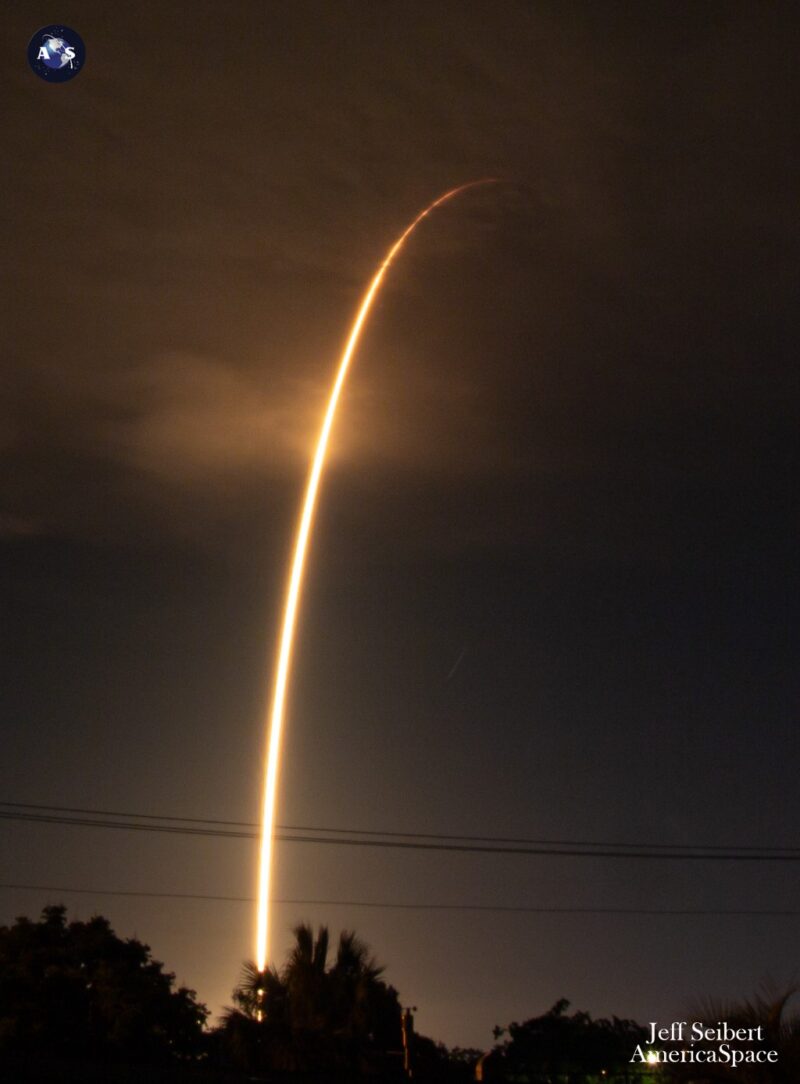
Photo credit: Jeff Seibert/AmericaSpace
But Friday’s just-past-midnight launch was scrubbed at T-40 seconds, with SpaceX tweeting only that it was standing down from the mission, adding later that it would execute a Static Fire Test of B1060’s nine Merlin 1D+ first-stage engines on storied Space Launch Complex (SLC)-40 at Cape Canaveral Space Force Station, Fla. On Saturday, those engines came alive briefly in the darkness for a relatively rare test firing of a many-times-flown booster, satisfactorily clearing a path for an 11:50 p.m. EDT launch.
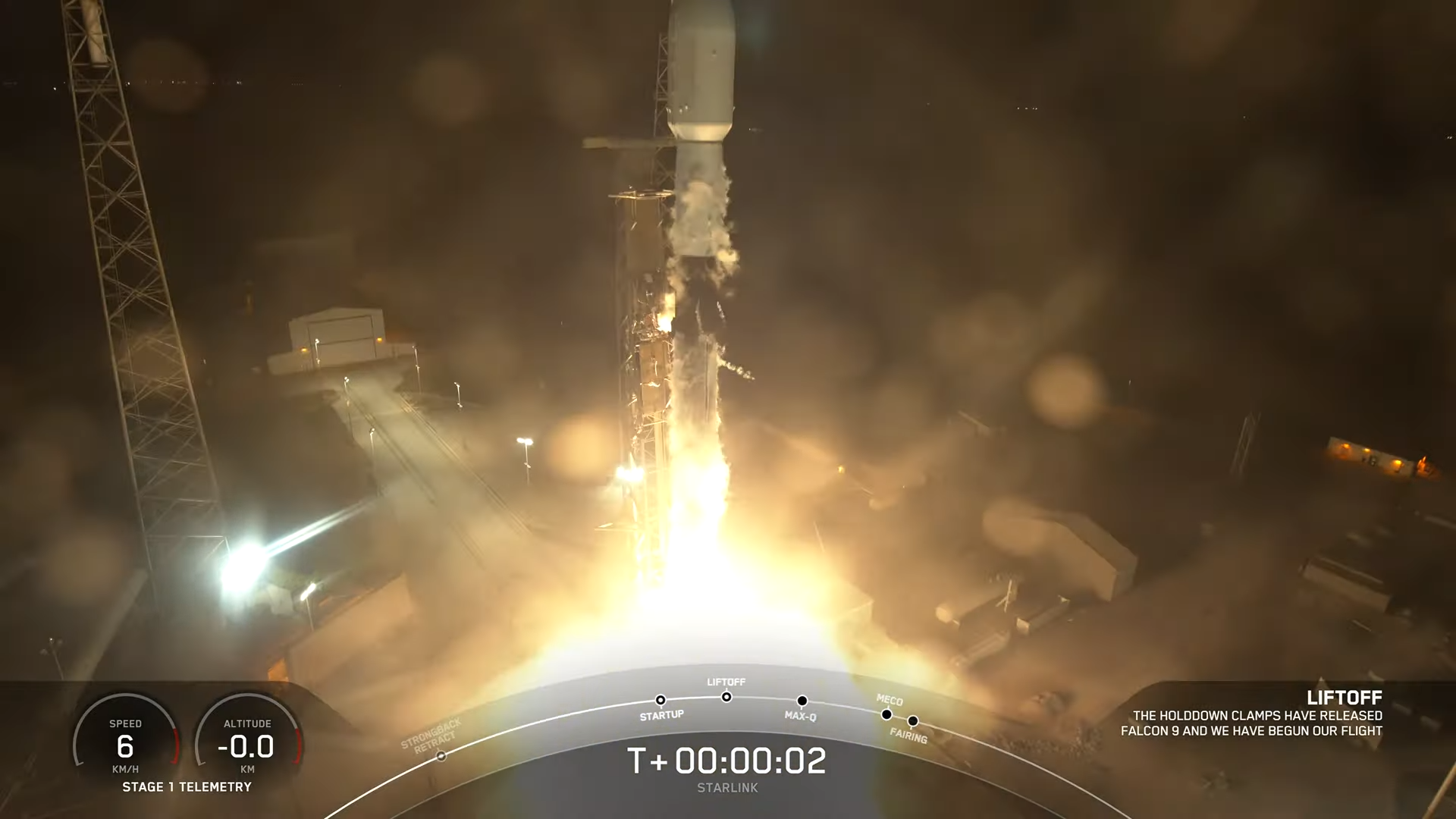
In the final minutes before last night’s flight, SpaceX identified “elevated O2 levels” on one of B1060’s first-stage engines as the root cause of Friday’s abort. Until June 2020, every Falcon 9 launch was preceded by such an engine test, but this has occurred more sparingly in recent years, typically prior to high-priority missions and first flights of new boosters—most recently before the maiden outing of B1080 in May with Dragon Freedom and the crewed Ax-2 mission to the International Space Station (ISS).
Heading deep into the weekend, SpaceX aimed for a pair of T-0 points: the first at 11:50 p.m. EDT Saturday and a second at 11:24 p.m. EDT Sunday. Despite what the 45th identified as “an active pattern” of weather with “plentiful moisture” and “afternoon thunderstorms”, conditions were expected to calm in the late evening, presenting an 85-percent-favorable picture, hampered by a risk of violating the anvil and cumulus cloud rules.
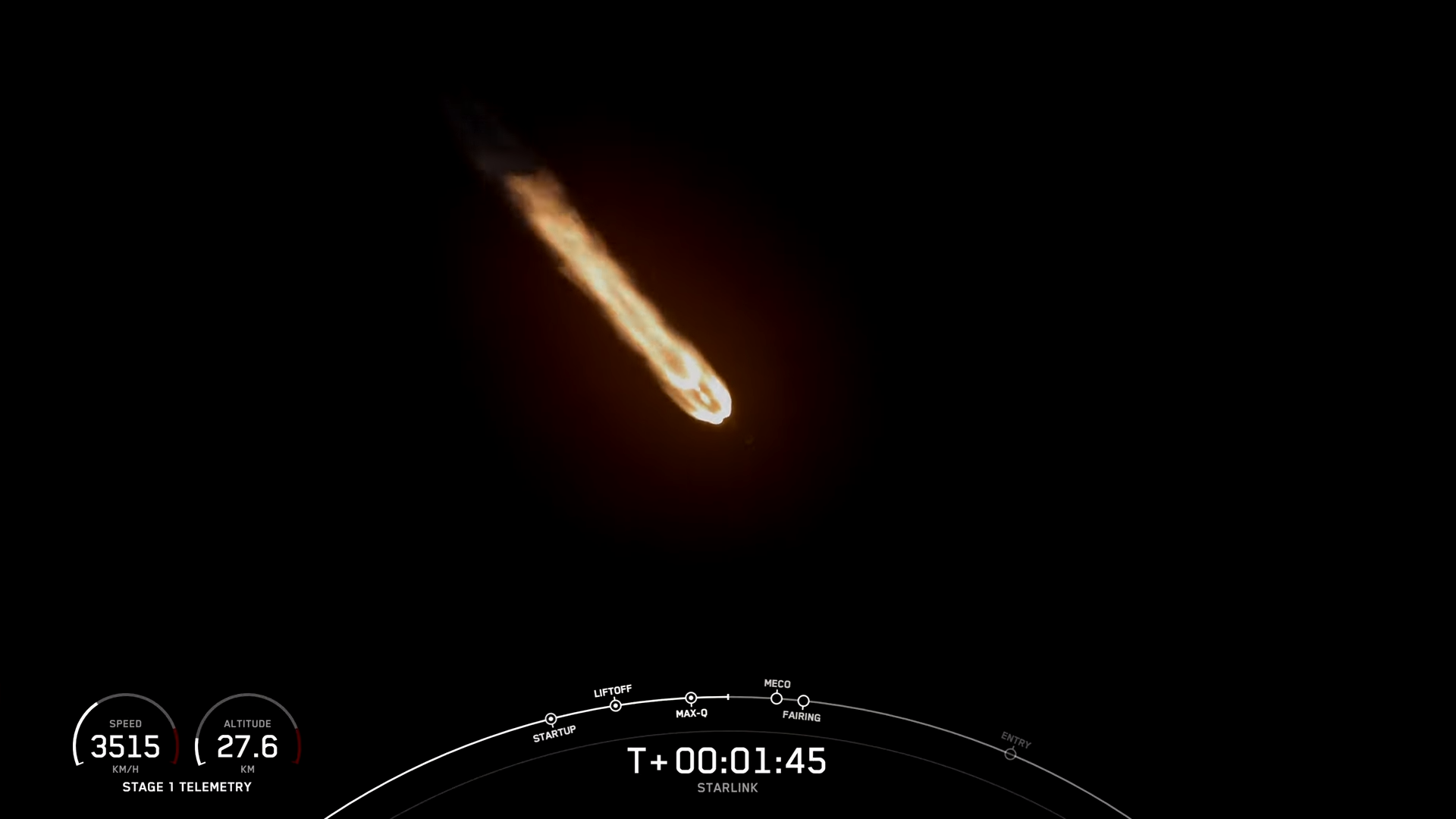
Ready to support the launch of B1060 was the Autonomous Spaceport Drone Ship (ASDS), “A Shortfall of Gravitas”, which put to sea last weekend out of Port Canaveral, bound for a recovery location about 400 miles (640 kilometers) offshore in the Atlantic Ocean. Last night’s recovery marked the 40th Falcon 9 “catch” for ASOG, the newest member of the drone-ship fleet, which came online in August of 2021.
Flying last night’s flight, B1060 becomes the second booster to log a 16th launch, joining her many-times-used sister B1058, which did likewise early last week. Both boosters reached their maximum number of 15 certified missions—B1058 in mid-December, B1060 in early January—before being stood down and their active status “paused” for more than six months to allow for recertification to 20 flights.
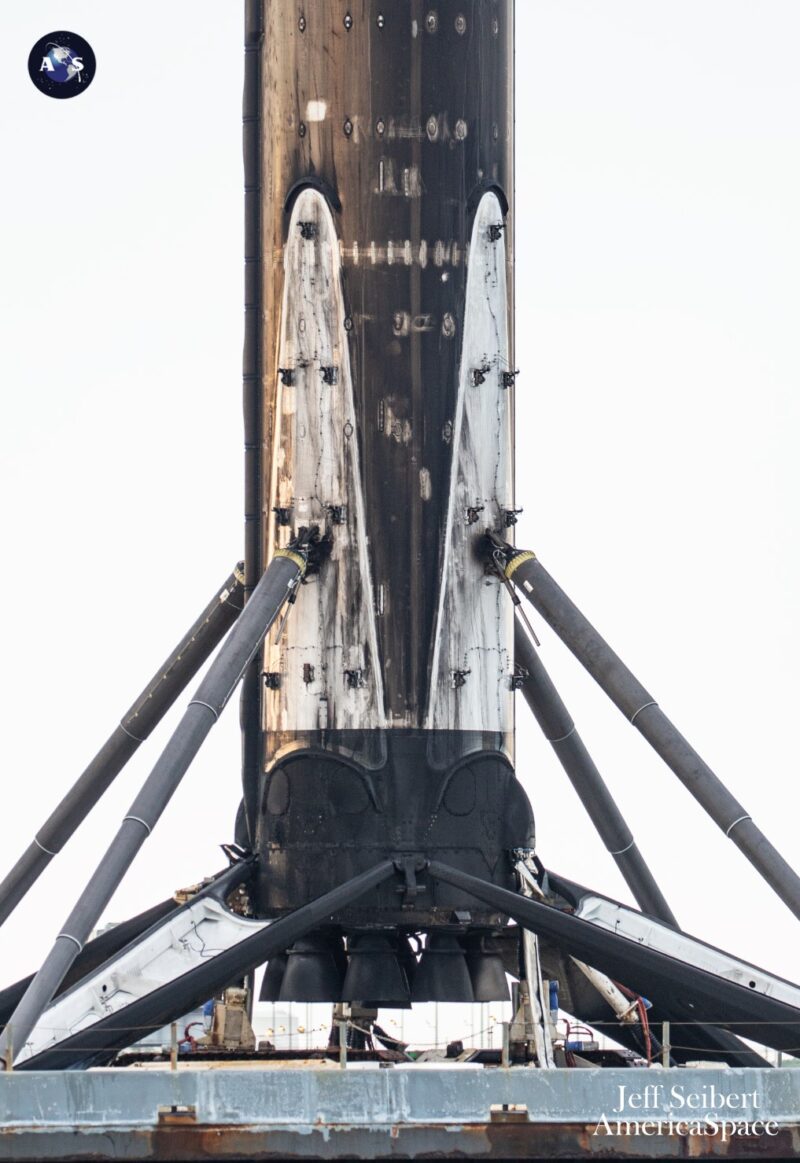
But how rapidly either vehicle will advance towards that 20-flight goal remains to be seen, for the spacing between missions has gradually increased in length with age. B1060 entered service on 30 June 2020, on a voyage which deployed the third Block III Global Positioning System (GPS) navigation and timing satellite for the U.S. Space Force, bound for eventual insertion into Medium Earth Orbit (MEO).
Since then, she went on to loft Turkey’s powerful Türksat 5A geostationary communications satellite, more than 500 Starlinks, the multi-payload Transporter-2 and Transporter-6 “rideshare” missions and the Galaxy 33/34 dual-stacked geostationary communications satellites last fall.
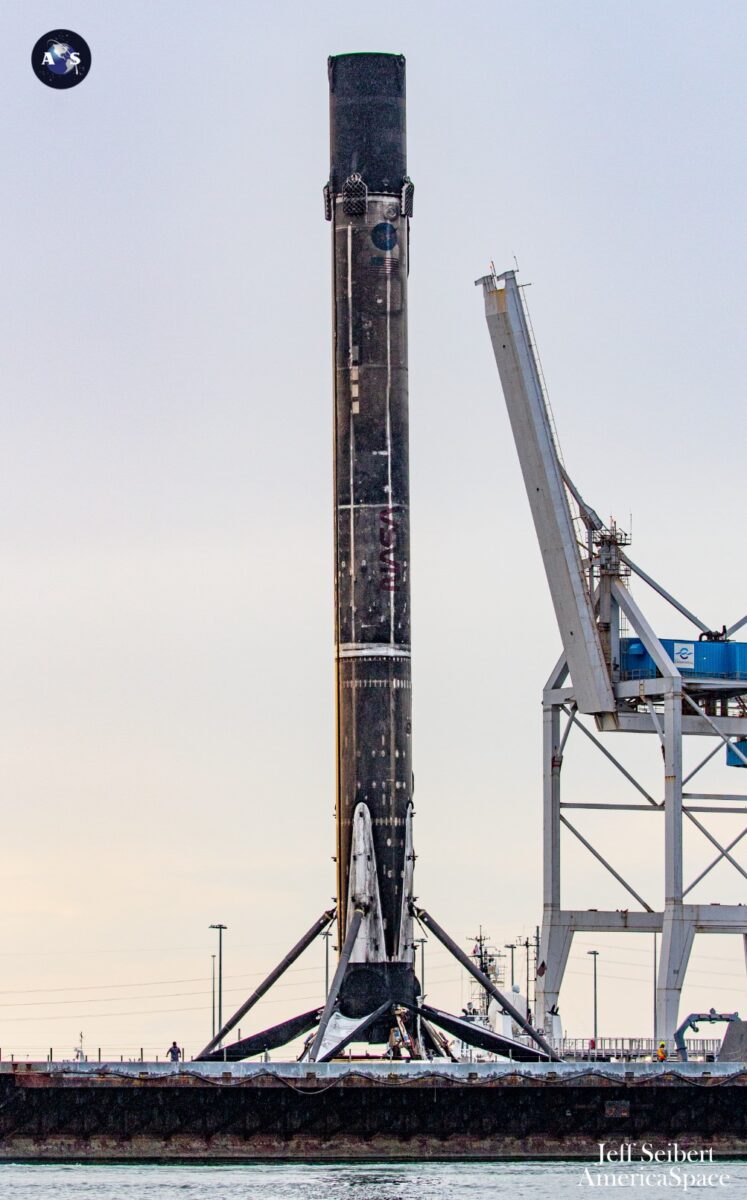
This impressive raft of flights saw B1060 mark out her personal territory as the first Falcon 9 core to log a 13th launch in June 2022, before being narrowly beaten to 14th and 15th missions by fellow life-leader B1058. She also established a new record—now broken—of just 27 days between two launches by the same booster in spring 2021.
Up until last night, B1060 had delivered 553 flat-packed Starlinks to orbit on ten dedicated flights and as part of the Transporter-2 rideshare, with the 54 launched last night bringing her personal tally up to over 600. Her most recent “stack” also represented the final flight of the Starlink v1.5 configuration, which was brought online in January 2021 and whose members feature inter-satellite laser links for high-latitude and mid-ocean coverage and represent about 67 percent of the entire constellation currently in low-Earth orbit.
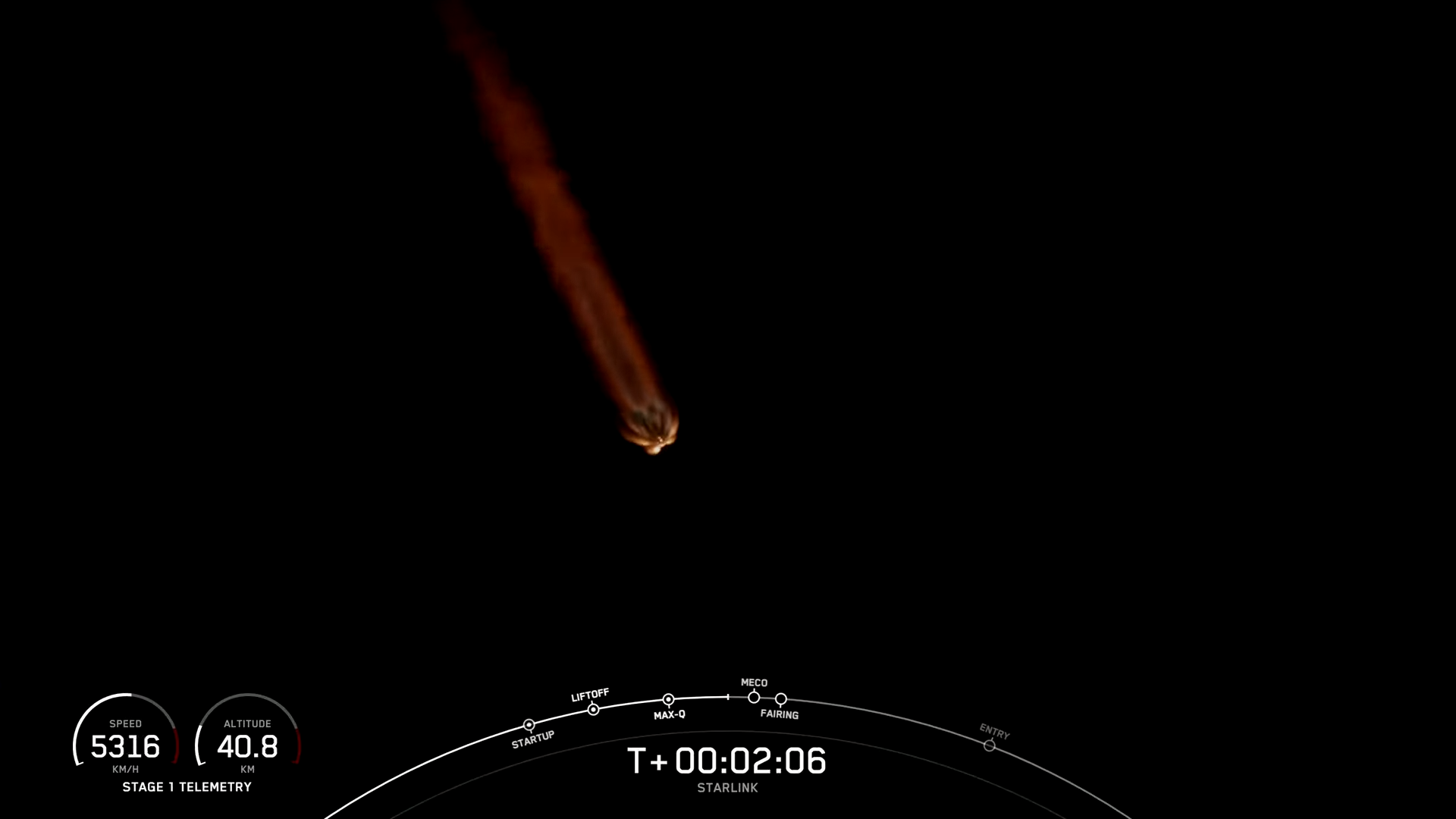
With three v1.5s launched in January 2021, the first “full” batch of these upgraded birds headed uphill the following September, on a mission which also marked the inaugural outing of Starlinks from Vandenberg Space Force Base, Calif. All told, last night’s stack of satellites totaled about 36,800 pounds (16,700 kilograms).
B1060 soared skyward at 11:50 p.m. EDT Saturday with her characteristic grace, powering smoothly uphill, before separating from the Falcon 9 stack at 2.5 minutes into the flight. She then commenced her homebound return, utilizing hypersonic grid-fins and deployable landing legs to touch down on ASOG’s expansive deck at 8.5 minutes after launch, wrapping up her 14th drone-ship landing and record-tying 16th landing overall. Two others—in June 2021 and last January—terminated on solid ground, with touchdowns on Landing Zone (LZ)-1 at the Cape.
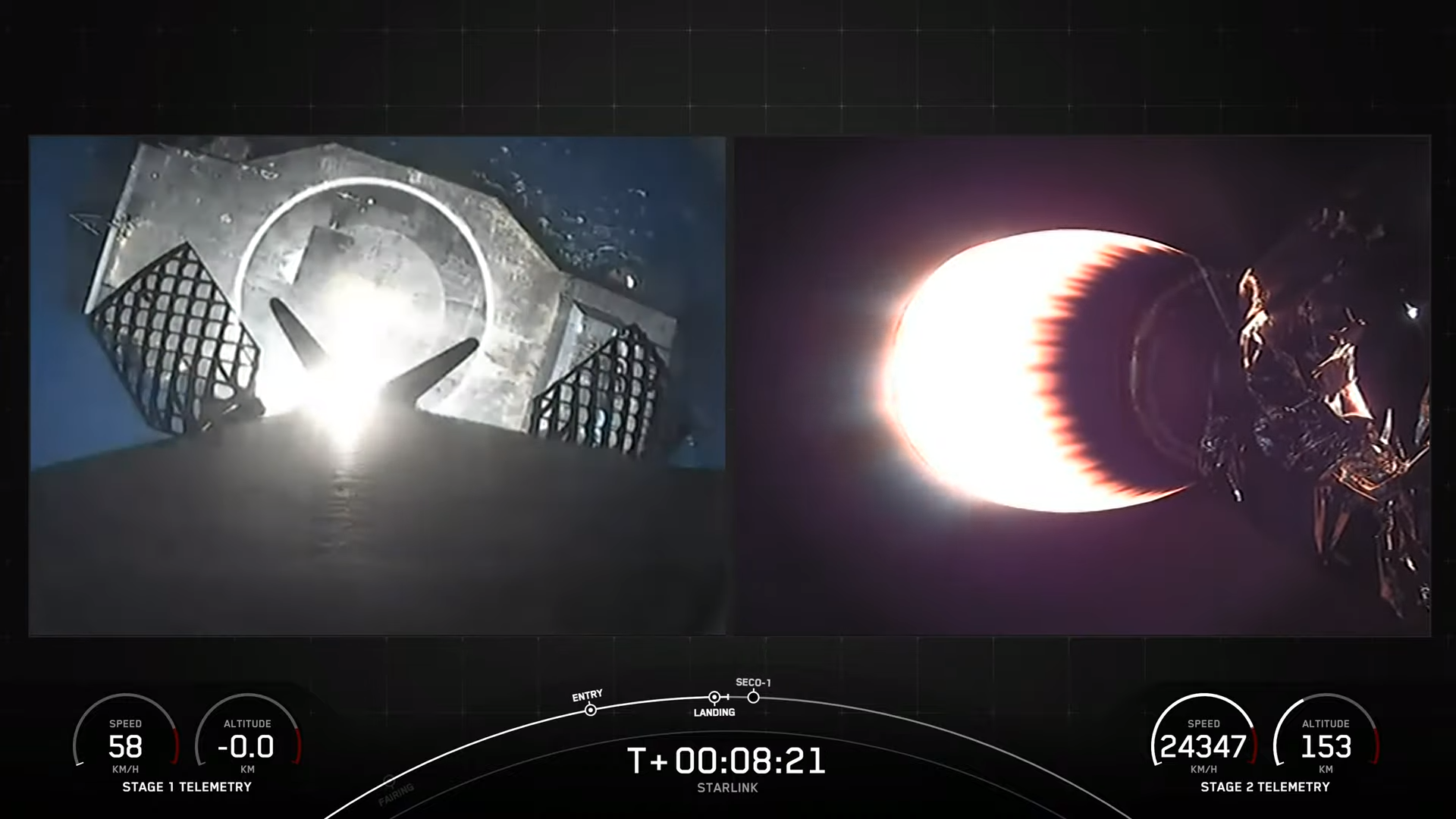
With B1060 gone, the Merlin 1D+ Vacuum engine of the second stage ignited for a standard six-minute “burn” to deliver the 54 Starlinks into orbit. Deployment occurred some 65 minutes after liftoff, completing the fourth Falcon 9 mission of July.
As a network, Starlink facilitates high-speed and low-latency internet provision across 56 sovereign nations and international markets in North and South America, Europe, Asia, Oceania and Africa. In recent weeks, Cyprus and Guatemala signed up the network. And Florida-based intercity operator Brightline adopted Starlink on its trains earlier this year, the first passenger rail service in the world to do so.
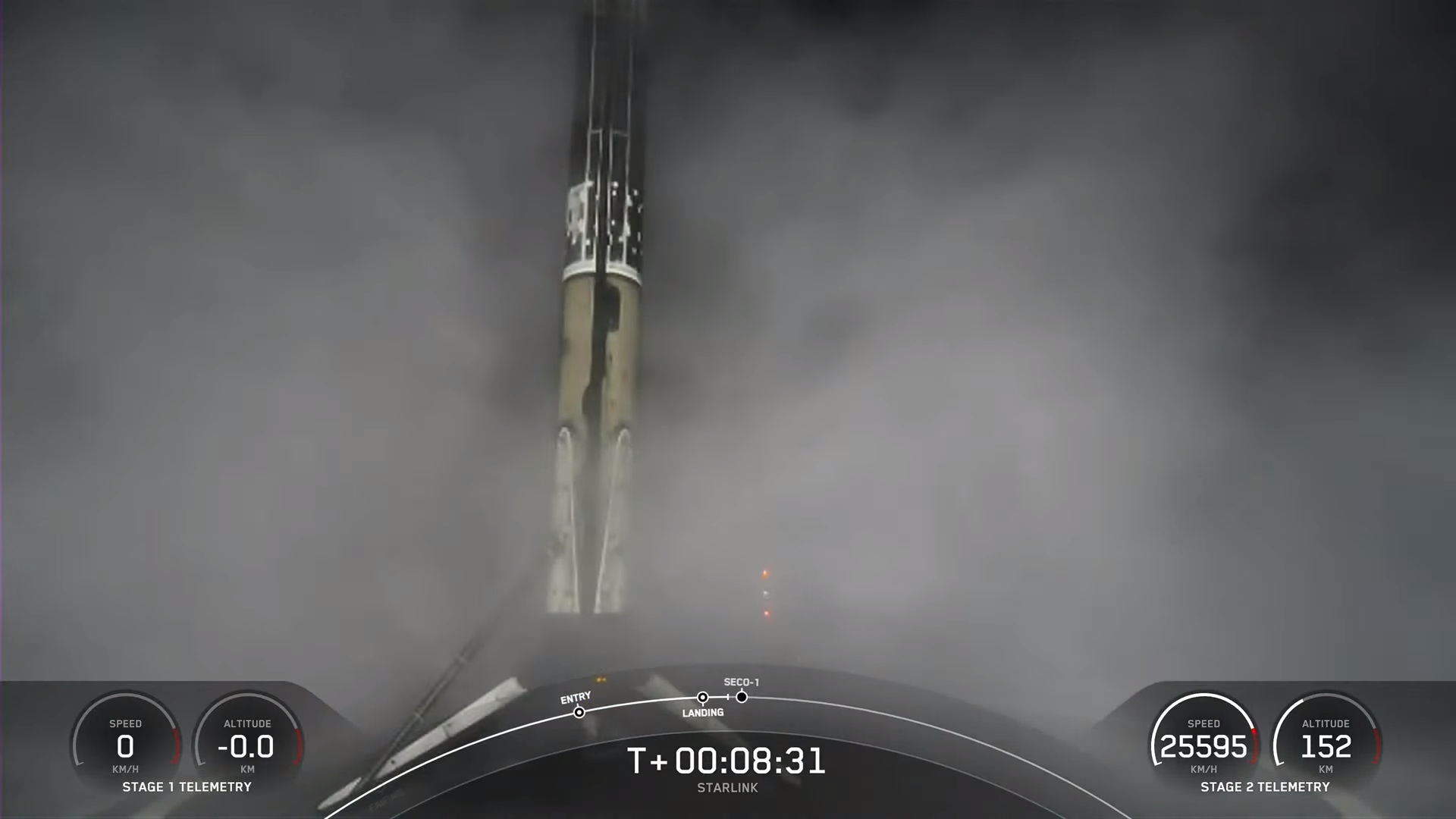
Additionally, El Salvador’s Ministry of Education has begun integrating Starlink capability into its schools to help close the digital divide between urban and remote rural communities. And SpaceX tweeted last month that 50 Rwandan schools are now connected via Starlink’s high-speed internet service.
Attention now turns to Space Launch Complex (SLC)-4E at Vandenberg, where another Falcon 9 is targeting liftoff as soon as Tuesday evening with another Starlink batch. In readiness for launch, the West Coast-based drone-ship, “Of Course I Still Love You”, reportedly departed Port of Long Beach overnight Saturday for its recovery position in the Pacific Ocean.




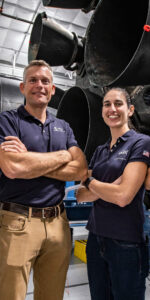

2 Comments
2 Pings & Trackbacks
Pingback:SpaceX Targets Year’s 50th Falcon Launch Tonight, 51st Tomorrow - AmericaSpace
Pingback:50th Falcon Mission of 2023 Flies, Falcon Heavy Realigns for Friday Night Launch - AmericaSpace